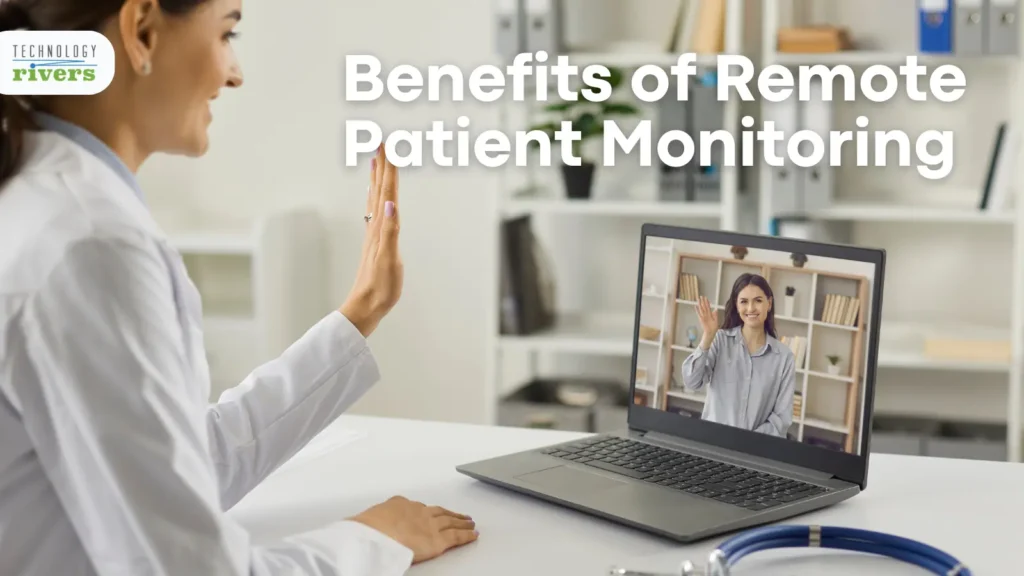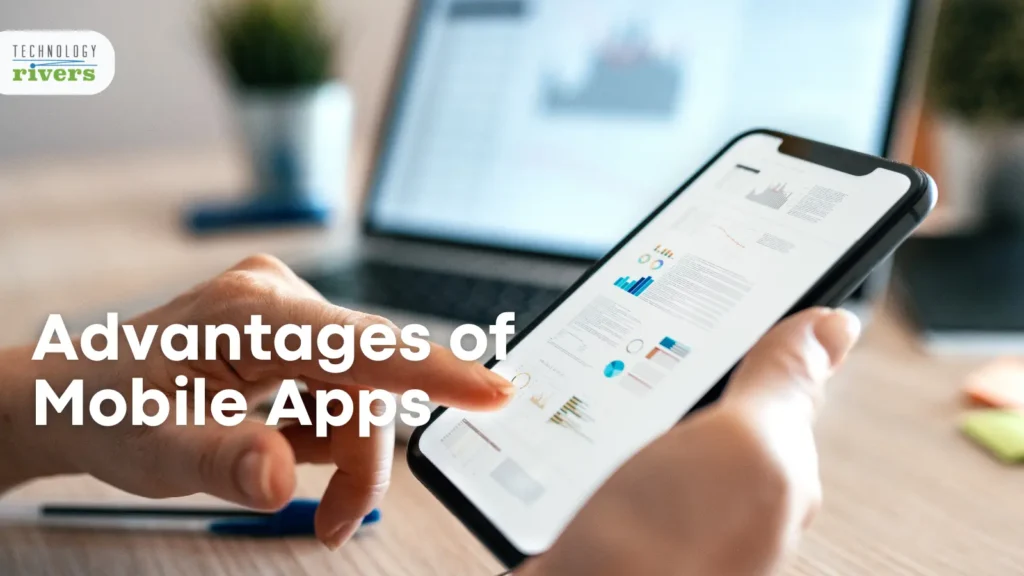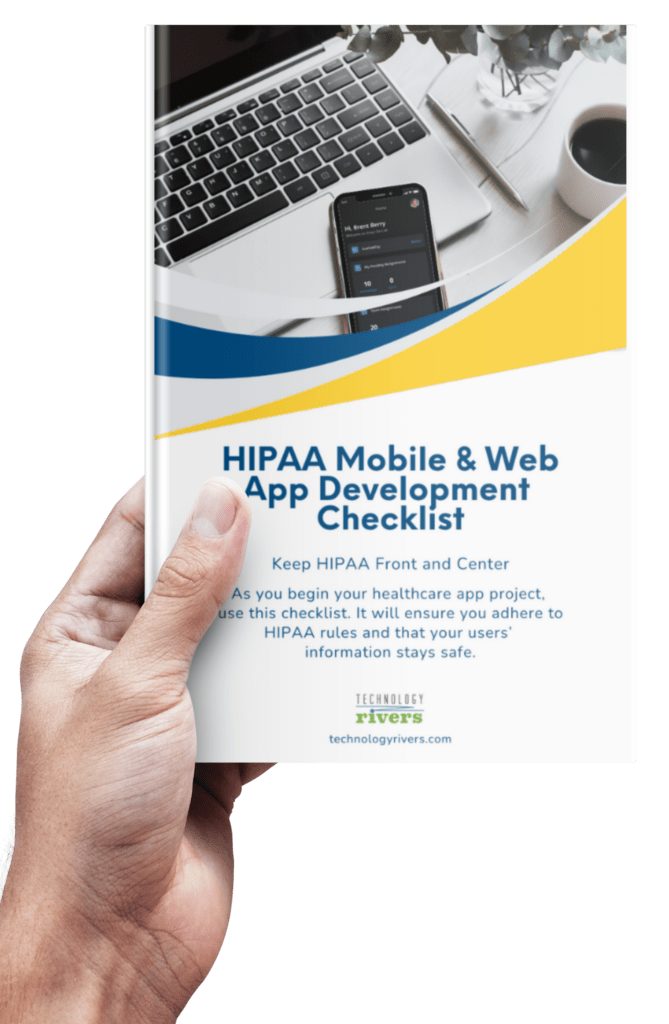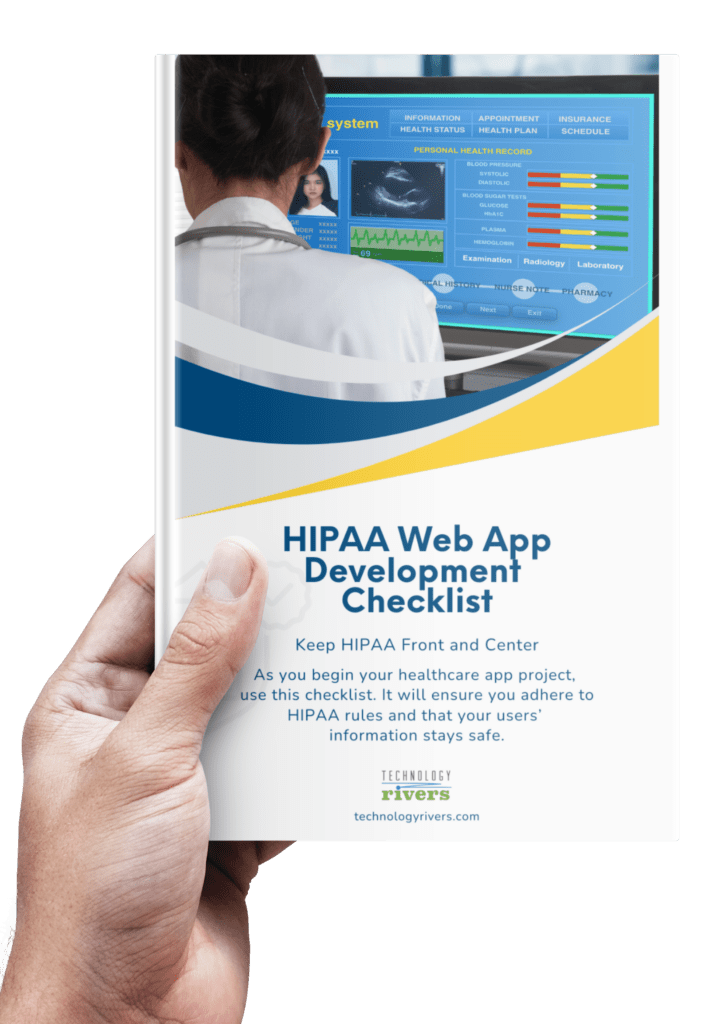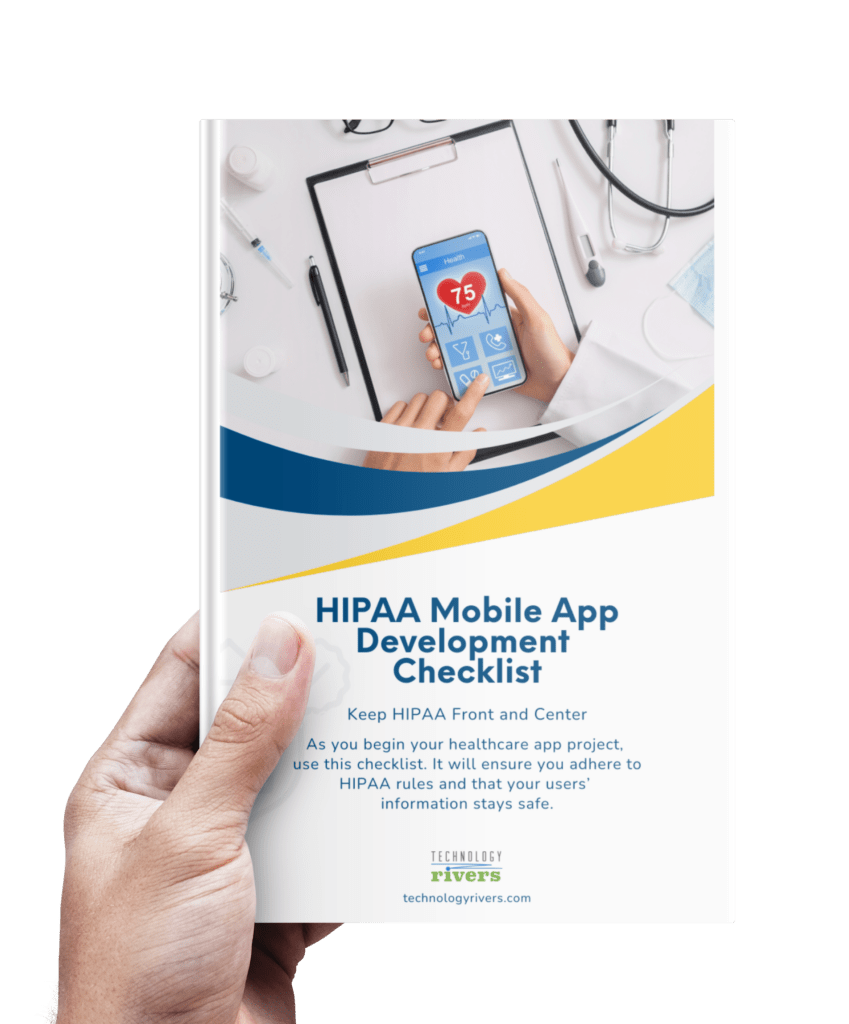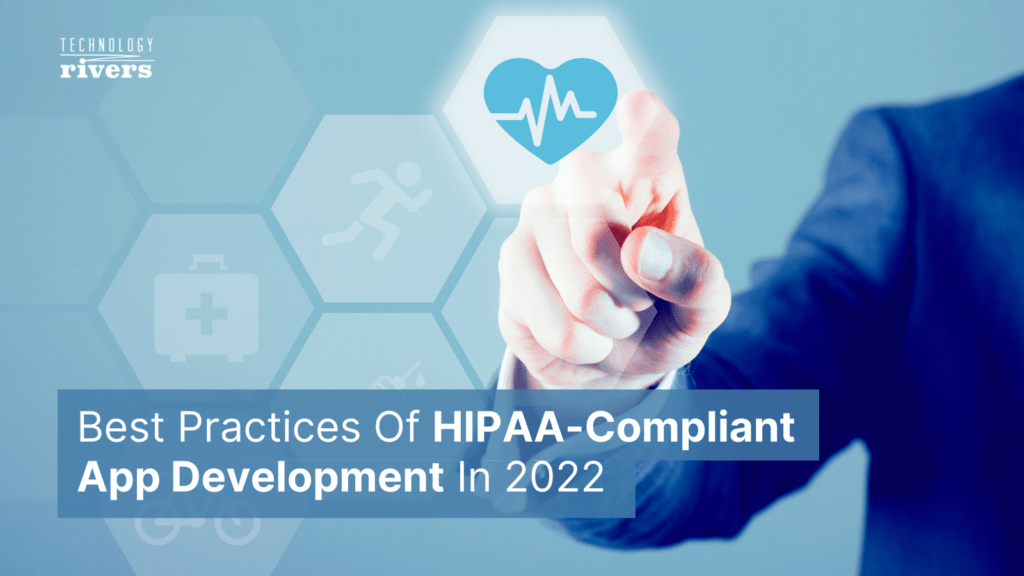
Blogs » Best Practices Of HIPAA-Compliant App Development In 2023
Table of Contents
The Health Insurance Portability and Accountability Act of 1996 (HIPAA) is a United States regulation that sets the standards for protecting the security and privacy of patient information. Any company that processes, stores, or transmits protected health information must comply with regulations.
In recent years, there has been a surge in SaaS companies and healthcare apps, many of which are not HIPAA-compliant. This can be costly and dangerous for both companies and patients. As more healthcare providers move into the digital age, they must be aware of how this affects their app development process.
In this article, we will discuss the best practices for developing HIPAA-compliant apps in 2023. We will cover topics such as data security, user authentication, and software requirements.
We also wrote these related articles that discuss other important insights on HIPAA-compliant health apps.
- Top 10 HIPAA Compliant Cloud Hosting Providers for Startups and Enterprises
- Things You Need to Know in Developing HIPAA-Compliant Healthcare Software
- Developing a HIPAA Compliant App in 2023: How Much Does It Cost?
- What Is The Cost To Develop A Healthcare App?
What is HIPAA and Why is it Important?
The Health Insurance Portability and Accountability Act is a federal law introduced in 1996 by the U.S. Department of Health and Human Services to safeguard the patient’s protected health information (PHI), both physical and electronic, from being shared or distributed without the individual’s consent or knowledge.
With so many individuals using these apps to track and check their health, these applications have access to a sea of data. While data is wealth, it could lead to disastrous results in the wrong hands. However, thanks to the HIPAA or Health Insurance Portability and Accountability Act, people are ensured that their data is secure. In addition, it was drafted to safeguard and keep medical data confidential, ensuring people’s privacy using these apps.
While this was a great help, many developers are unsure about HIPAA-compliant app development. We’ve listed out crucial information that helps you understand the importance of HIPAA and help you create a HIPAA-compliant app. If this intrigues you, scroll on to learn more.
What Does HIPAA Compliance Mean for Healthcare App Developers
After learning about HIPPA, the question that most commonly follows next is, “What does HIPAA compliance mean?” HIPPA compliance meaning is pretty straightforward. There are a set of administrative, physical, and technical safeguards stated in the HIPAA. Administrative safeguards include incident response plans, business associate agreements (BAAs), and background checks.
Technical safeguards refer to data security, whereas physical safeguards refer to policies, procedures, and other physical measures used to protect electronic information and equipment from unwanted intrusion. When an app adheres to all the aspects outlined by the act, they are HIPAA compliant.

Best Practices For Developing a HIPAA Compliant Apps?
1. Limit Information Access in the App
The data collected through the app should only be available to professionals covered under the HIPAA app, such as doctors. Important health information could be used to help keep you healthy. But on the other hand, professionals not covered under the act, such as trainers, do not need access to your PHI.
2. Encrypt all Patient Data
It is essential to use security practices to encrypt all patient data. You have to make sure there are no security breaches. Using different levels of encryption will create a space safe for your data to be stored. This will also protect stored data from being stolen directly from a device.
3. Implement an Audit Mechanism
Audit mechanisms are essential as a technical safeguard because they record and examine activity in systems that store PHI. These are done through audit reports sent when a security violation occurs and needs to be investigated.
4. Ensure Data Integrity
Data can easily be destroyed or corrupted by technical or non-technical sources. For example, workforce members may accidentally or intentionally make changes to EPHI, which could destroy the data. Non-human mishaps such as electronic media errors could also alter data. The purpose of safeguarding data integrity is to protect EPHI from being compromised, even if the source is corrupted.
5. Transfer PHI Using Secure Connections and Protocols
Securing the transfer of data is a critical practice to maintain. Users should feel that their data will not be exposed to unauthorized parties. These protocols also allow the transfer of large data files or bunk files to move from different points without it being intercepted. In addition, some security protocols also enable users to scale their data transfer capabilities while their businesses grow.
6. Keep the Amount of Data to its Minimum
The amount of data accumulated should be kept to a minimum. Users should not be allowed to receive or store information that is not required or not helpful in any way. This is a key to efficient data security.
7. Remove PHI from Notifications and Emails
Enabling push notifications for an app is essential, but it can exclude PHI information. For example, PHI might appear as a pop-up even when the screen is locked. Sensitive data should also not be mentioned in emails or messages unless the user consents. However, not all communication channels are encrypted and can be easily compromised.
8. Have Options for Patient Data Backup and Removal
There should always be an option for users to back up their data. If this option is unavailable, it could make the user experience even more complicated if there is a data corruption issue. It will be hard to keep track of patient data without data backup. Another option is the removal of data. Users should be allowed to remove their data from the system of their own free will.
9. Enact Privacy Policy
Ensuring your users’ privacy, especially in healthcare, is crucial in developing an app. Under the privacy rule, an individual has the right to receive a notice of privacy practices from healthcare providers. Users should also be informed if their information will be disclosed without their consent. This kind of policy would make patients more comfortable sharing their data securely.
4 Main Steps to Make your Healthcare App HIPAA Compliant
1. Determine the Need for HIPAA Compliance
The rule is that your app only needs to be HIPAA compliant if it shares, collects, and stores PHI. This includes names, DOB, email, phone numbers, and other personal information. The app will be excluded from HIPAA if it collects data like calorie consumption, sleep cycles, and additional impersonal information. This kind of information would not be shared with another entity either.
2. Enable Secure Authentication and Logging
Technical safeguards like these are essential under HIPAA. An extra level of authentication, such as auto log out after inactivity, would be an excellent way to stop unauthorized access. In addition, a logging mechanism would ensure that all user activities are monitored and no fraudulent behavior occurs.
3. Ensure Secure Data Storage and Transmission
256-bit encryption is supposed to be used if any PHI is stored offline on a healthcare app. During periodic time intervals, resident data must be removed from the system. Any personal information that is stored should not be displayed on the screen. Secure HTTP communication must also be used on backend services that store or receive PHI. 3rd party services integrated into the app must also be HIPAA compliant.
4. Create Awareness for App Users
An FAQ section must be available to users on the app. The privacy policy should also be displayed to make users feel safe about their data. For example, a remote data wiping ability should let users erase their data if they lose their phone or stolen.
OCR Tools for HIPAA Compliance
Security Risk Assessment Tool
The Office of National Coordinator for Health Information Technology collaborated with the ONC to develop a tool that would help guide people through risk assessment. This tool is downloadable. Healthcare providers can use the tool to ensure they are HIPAA compliant regarding security and risk assessment. This would be a part of the Centers for Medicare and Medicaid Service (CMS) Electronic Health Record (EHR) Incentive Program.
Mobile Health Apps Interactive Tool
This tool was developed by a collaboration between the U.S. Department of Health & Human Services, ONC, OCR, and the FDA. The primary purpose of this tool was to give an oversight of the federal laws that apply when making an app that collects and shares personal information. It was not designed to provide you with complete legal advice about compliance but important information from three federal agencies.
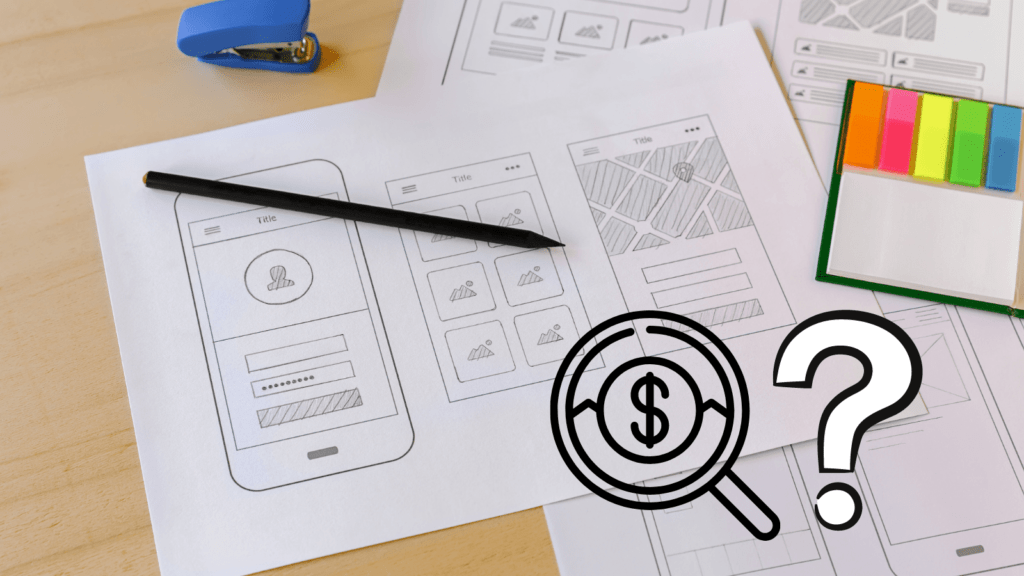
How Much Does it Cost to Build a HIPAA-Compliant App?
Needless to say, there’s plenty that goes into creating a HIPAA-compliant app. To start, we wrote a separate article where we discussed this in detail. However, the main thing to keep in mind is that you need to have a clear understanding of the HIPAA privacy and security rules. Once you have a good understanding of the rules, you can then start thinking about how to design your app in a way that complies with those rules. This includes things like ensuring that patient data is encrypted, making sure that only authorized users have access to the data, and so on.
The cost to build a HIPAA-compliant app depends on your needs. You can consider the following features to comply with the Security Rule:
- User access controls
- Secure authentication
- Remote data wipe
- Data encryption and security
You also have to consider certain features that you wish your app to have. From forms to different portals, the cost of an app depends on more than just the technical and physical safeguards imposed by HIPAA.
Most companies estimate that app development costs can average around $270,000, but some research suggests it can be as low as $140,000. The cost of developing an app can vary widely, depending on the scope of the project, ranging from $25,000 to $200,000. Across various industries, HIPAA compliance is estimated to cost around $8.3 billion, with an annual cost of $35,000 just for protecting PHI.
How Much Does HIPAA Ignorance Cost?
Choosing or unintentionally violating HIPAA is an expensive affair. Each penalty for non-compliance is based on the level of negligence. The fines can range from an estimation of $100 to $50,000. Maximum penalties can go up to $1.5 million for a year of similar provisions. If the violations are serious, they could also face criminal charges with jail time.
The fines are broken down into reasonable cause and willful neglect. Reasonable cause ranges from $100 to $50,000 and does not carry any jail time. While willful neglect goes from $10,000 to $50,000, criminal charges can be levied on them.
HIPAA-Compliant App Development from Technology Rivers
Technology Rivers is a Virginia-based firm that deals with custom software development. They specialize in developing HIPAA-compliant websites and mobile applications. They are more than happy to assist with HIPAA-compliant software development.
This firm works with several healthcare providers to help create creative healthcare solutions for them. Some of this work includes native and cross-platform mobile apps, desktop applications, and integration with EMR & EHR such as EPIC. So if you’re in the beginning stages of developing an app and need to make sure it is HIPAA compliant, look no further.
HIPAA is a valuable tool that ensures the privacy and security of a patient’s records. Developing a HIPAA-compliant app is essential as it provides that the data is encrypted and there is safe communication of PHI. If you are confused about creating an app like this, you could always reach out to the top HIPAA-compliant cloud providers for startups.
Conclusion
In 2023, it will be more critical than ever for healthcare app developers to adhere to HIPAA regulations. The consequences of not doing so can be costly in both time and money. But with the right tools and best practices in place, which include the five main steps as well as the resources from the OCR, it’s possible to create a HIPAA-compliant app without too much hassle. Our team at Technology Rivers is here to help you through every step of the process, from development to launch. Contact us today if you need assistance getting your healthcare business off the ground!
Do you have any feedback for us? Share your thoughts by leaving a comment below or joining the conversation on Facebook and LinkedIn.
Do not forget to share this article with friends on social media!










